Gear Up For Winter
We reviewed some of our favorite cozy layers, sturdy backpacks and other winter essentials for a day on trail.
Winter is coming! Time to break out the mittens and earmuffs for a season of brisk and (maybe) snow-filled outdoor adventures. To make the season as enjoyable as possible, we wanted to share some of our favorite cozy layers, sturdy backpacks and other winter essentials for a day on trail.
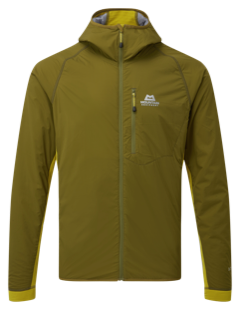 Mountain Equipment Switch Pro
Mountain Equipment Switch Pro
At this time of year, a good jacket can make all the difference on how much fun you have outside. The Switch Pro breaths exceptionally well, making it great for active days when you still need some warmth. The Switch is designed with extremely breathable sections under the arms and along the sides. It helps it to dump warmth when you need to. The outer arms and the chest and back have more insulation to keep those areas warm. There are two external, zippered hand pockets and a zippered chest pocket. The fit is forgiving, and it moves easily. The inner layer of the coat is a smooth fabric that makes it work particularly nicely with a variety of base layers. mountain-equipment.com, mens | womens; $225.
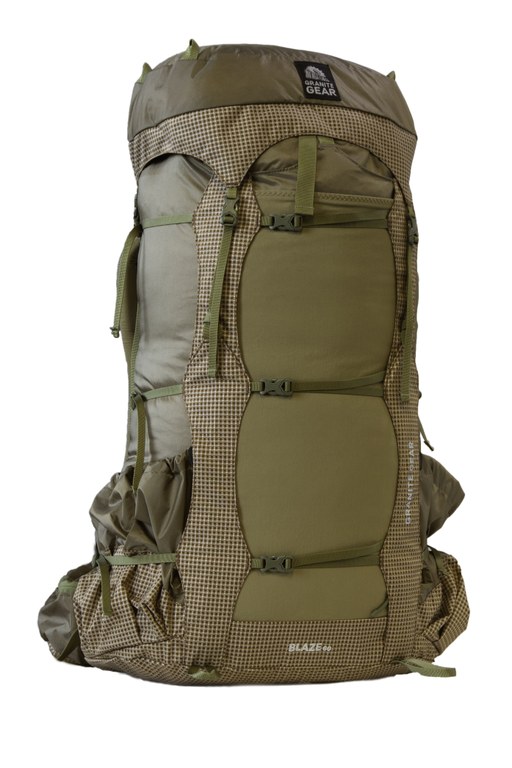 Granite Gear Blaze 60
Granite Gear Blaze 60
This pack earned a permanent spot in our gear closet after a backcountry work party to Blanca Lake. For the trek up, it needed to able to carry all of our food and gear — including a bear canister. It handled the job admirably — it even held up to carrying an absurd quantity of water up to camp for cooking and drinking. While carrying 50 pounds is never fun, if you end up needing to, this pack is up to it. After we set up camp, the pack converted into a day pack for daily treks to the work site. The best feature of this pack is its adaptability. The torso length and hip belt can be easily adjusted. And straps let you easily increase or decrease the capacity. The hood can be removed entirely, or it can be worn as a chest pouch to give you easy access to gear. The hip pockets will comfortably fit even the largest cell phones. The pack weighs 2.9 to 3.1 pounds, depending upon size. rei.com, mens | womens; $270.
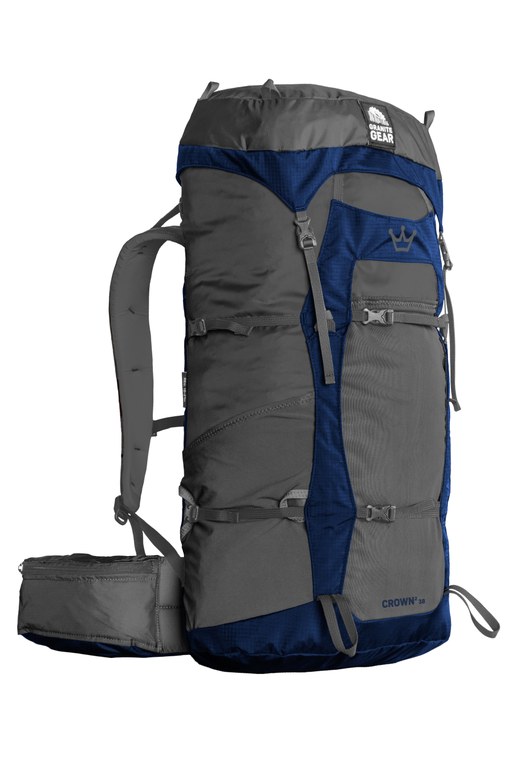 Granite Gear Crown2 38
Granite Gear Crown2 38
The Crown2 includes many of the features that make the Blaze so great, but it’s lighter and has a smaller capacity. Like the Blaze, clever straps on this pack allow you to reduce the capacity. This is great as you eat your food over a multi-day trip, or head out for a day trip. If you’re looking to only buy one pack, this would be a great option. We tested this out on weekend trips and day trips, and it was comfortable and adaptable. It weighs 2.1 pounds, and the back frame and hip belt can be removed if you want to make it even lighter. rei.com; $200.
 Mountain Equipment Goblin 24
Mountain Equipment Goblin 24
If you want a simple, lightweight pack that will hold your gear for day trips all year long, the Goblin 24 fits the bill. It weighs 18.5 ounces, or just 13.1 ounces if you take out the removable back panel. The material is sturdy and water resistant. We used this for trips in the shoulder season and found it was perfect for day trips. And because it’s so minimal, it also works extremely well to bring along if you’re traveling. When it’s empty, it doesn’t take up much space at all. It has space for a water bladder and a zippered compartment at the top, but beyond that, there are no additional pockets. Webbing on the front offers a place to attach an ice axe or trekking poles. The pack also features a simple waist belt and chest strap. While the shoulder straps, waist belt and chest strap are all minimal, they’re comfortable, especially given the packs small size and light weight. mountain-equipment.com; $100.
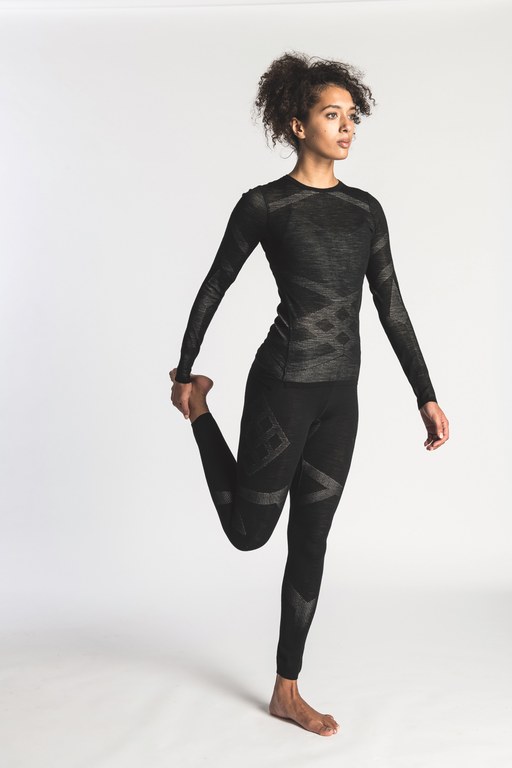 Smartwool Intraknit merino wool baselayer
Smartwool Intraknit merino wool baselayer
Smartwool has been making baselayers for awhile, they know what they’re doing. The new Intraknit baselayer takes advantage of their experience, and new techniques in knitting the fabric, to create a layer that moves with you and offers a good mix of breathability and warmth. Because of the construction method, they have few seams and the seams they do have are sewn very smoothly, which is particularly appreciated when layering them under other garments and a pack for a long day in the cold. They’re also designed to flex well, especially at the joints. This makes them comfortable as you hike, and also means they’re particularly cozy when used as a sleeping layer on cold nights. rei.com, mens top | womens top, mens bottom | womens bottom; $120
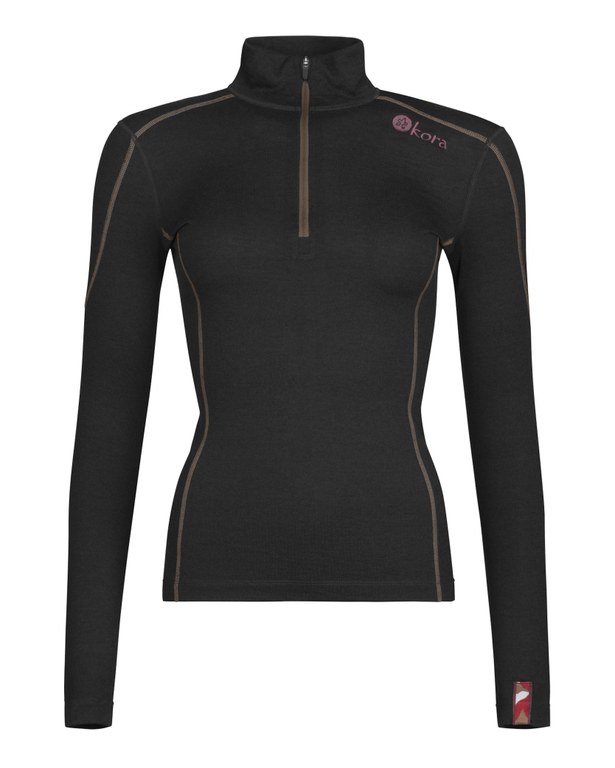 Kora Shola 230 Zip
Kora Shola 230 Zip
This baselayer uses a material that may be new to many hikers: yak wool. It’s extremely soft and warm, and is also great at wicking moisture and keeping you warm even if it gets wet. This version of their baselayer works well alone if you’re running or it’s warmer. It’s also ideal as a base underneath a mid-layer. We found it to have a close fit that meant it stayed in place well under several layers, and it lived up to its promise of staying warm and dry. Because it’s so comfortable, we found ourselves reluctant to take it off at the end of hike. This is a top that will find steady rotation in your wardrobe. kora.net, mens | womens; $160.
 MSR Trailshot
MSR Trailshot
This pocket-sized water filter proved its worth during a long loop trip in the Pasayten. We loved how compact and light it is (just 5 ounces). It fit conveniently in an outside pack pocket. We found that it was faster than the other filters we had on the trip, even when pumping a lot of water. While the hose is rather short, we didn’t have an issue with it. You will have to bend over while pumping water, though. A few pro tips to get the most from this tiny filter: We found that it was easy to take off the small mesh filter on the intake hose after every 5 liters or so and just give it a quick swirl through water to help clean it. To clean the main compartment, fill it up about half way and put on the cap. Then pull off the bottom hose, give it a good shake with your finger over the outlet, and then let the water drain away. Finally, this pump works much faster if you prime it first. Give about 10 slow pumps, until the reservoir is nearly full, and then fill up your water container. Note: This style of filter should not freeze. If you’re camping in temperatures below 32 degrees, consider tucking the Trailshot in your sleeping bag. rei.com; $49.95.
 Hart Weekend Kit
Hart Weekend Kit
It’s one of the 10 Essentials. When you head out on trail, you need a first-aid kit. It’s one of those things you bring and hope to never have to use. If you need it though, you’ll really need it. Hart, which is based in Seattle, has been making first aid kits for decades. They sell their kits in varying sizes, based upon your needs. And you can also buy refills for your kit as necessary. We tried out Hart’s weekend kit this summer and fall. It came along for many day hikes and a few backpack trips. Thankfully, we didn’t need it beyond a couple small adhesive bandages and a few pain pills. The pack is small, but well organized so it’s easy to find what you need quickly. It stood up well to being stuffed repeatedly in a pack and we appreciated the peace of mind of having it along. rei.com, $23.50


Comments
HikingSomewhere on Gear Up For Winter
Some good choices and I agree, "carrying 50 pounds is never fun." It's also unnecessary and increases your chances of injury. There's especially no need to carry “an absurd quantity of water” to a lake. Leave the water filter behind too in winter because water is often frozen and cold temps can ruin the filter. Instead, take a stove (preferably a liquid fuel stove) and melt snow. I never carry more than two liters of water. In cold weather below 15ºF, I take a Nalgene and a 16oz Hydro Flask. I drink the water in the Nalgene bottle first before it freezes. What's left in the flask at the end of the day I use as starter fluid for melting snow. With snow I can restock my water supply and even create a night-time hot water bottle with a 1-liter Nalgene.
Items I would include in a winter backpacking list are:
1) A dedicated base-layer for night (top, bottom, socks)
2) 5+ R-value under my sleeping bag (solid core + air mattress)
3) Sleeping bag rated 10–15º below the expected forecast
4) Wind protection (balaclava, goggles)
5) Two pairs of wool liner gloves and one insulated synthetic gloves
6) Insulated jacket + rain jacket big enough to go over it
7) Pot cozy
8) Snow baskets for trekking poles + mountain terrain snowshoes
9) Avi-gear (Beacon, probe & shovel)
10) At least 1–2 companions with avi gear.
My winter pack is always under 35lbs, even when avi-gear and snowshoes are attached (base weight 18–26lbs for temps down to 0ºF).
Enjoy. Stay warm.
Posted by:
HikingSomewhere on Dec 22, 2019 11:48 AM